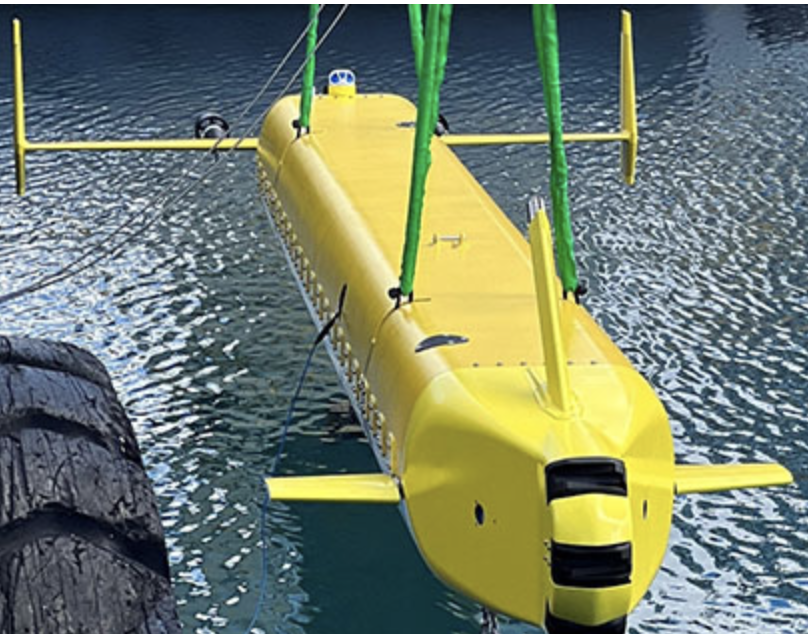(:notitlegroup:)
@inproceedings{bayat2016,
title = {Envirobot: A Bio-Inspired Environmental Monitoring Platform},
booktitle = {2016 IEEE/OES Autonomous Underwater Vehicles (AUV)},
author = {Behzad Bayat and Alessandro Crespi and Auke Ijspeert},
pages = {381-386},
month = {November},
year = {2016},
keywords = {marine vehicles;microprocessor chips;mobile robots;ARM
processor;Envirobot;Envirobot platform;aquatic environmental monitoring
systems;autonomous marine vehicles;bioinspired environmental monitoring
platform;data acquisition;environmental sensor integration;flexible
computational power;long range communication link;micro processors;pollutant
spills;remote mapping;remote sensing;spatial extent;Global Positioning
System;Legged locomotion;Radio frequency;Autonomous marine
vehicle;anguilliform swimming robot;environmental monitoring},
abstract = {Autonomous marine vehicles are becoming essential tools in aquatic
environmental monitoring systems, and can be used for instance for data
acquisition, remote sensing, and mapping of the spatial extent of pollutant
spills. In this work, we present an unconventional bio-inspired autonomous
robot aimed for execution of such tasks. The Envirobot platform is based on
our existing segmented anguilliform swimming robots, but with important
adaptations in terms of energy use and efficiency, control, navigation, and
communication possibilities. To this end, Envirobot has been designed to have
more endurance, flexible computational power, long range communication link,
and versatile flexible environmental sensor integration. Its low level control
is powered by an ARM processor in the head unit and micro processors in each
active module. On top of this, integration of a computer-on-module enables
versatile high level control methods. We present some preliminary results and
experiments done with Envirobot to test the added navigation and control
strategies.}}
